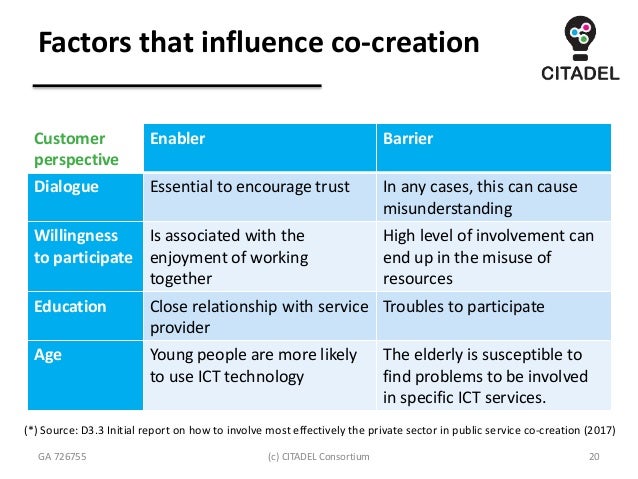

Design thinking helps you and your team develop practical and innovative solutions for your problems. The overall goal of this design thinking course is to help you design better products, services, processes, strategies, spaces, architecture, and experiences. So, why call it Design Thinking? Well, that’s because design work processes help us systematically extract, teach, learn and apply human-centered techniques to solve problems in a creative and innovative way-in our designs, businesses, countries and lives. What is design thinking, and why is it so popular and effective?ĭesign Thinking is not exclusive to designers-all great innovators in literature, art, music, science, engineering and business have practiced it. Some of the world’s leading brands, such as Apple, Google, Samsung, and General Electric, have rapidly adopted the design thinking approach, and design thinking is being taught at leading universities around the world, including Stanford d.school, Harvard, and MIT. To have an extensive overview of the workshop’s discussions, read the detailed summary of the event.Take a deep dive into Co-Creation Workshops with our course Training teachers on Integrated STEM Teaching.Implementing integrated STE(A)M teaching in classrooms.STE(A)M IT evaluation plan and learning products.Preeti Gahlawat – Learning scenario for secondary level.


The STE(A)M IT capacity building programme, that will be released soon, with the support of Scientix, via the European Schoolnet Academy.The advantages of using learning products to evaluate Integrated STE(A)M teaching.The challenges faced by teachers during their implementations due to the Covid-19 crisis.Some examples of the organised activities and the students’ learning products by Ana Louro, Ivana Gugić, Preeti Gahlawat and Carmelita Cippolon, members of the STE(A)M IT pilot teachers group.The ingredients needed for the composition of a STE(A)M IT Integrated Learning scenario, by Dhr.Together, the participants discussed and exchanged on the status and development of the STE(A)M Integrated framework and the enrichments of its various components, and more specifically: Organized on the 2nd of October 2020, the event gathered 60 participants, including industry representatives (Airbus Foundation, GSMA, SissaMedia Lab, Texas Instruments, Transport Malta and LEGO Education), Ministries of Education (from Israel, Czech Republic, Denmark, Spain, Georgia, Greece, Croatia, Hungary, Italy, Luxemburg, Malta, Poland, Portugal, Romania and Turkey), experts in STEM Education, researchers and teachers. Did you miss the STE(A)M IT 2nd Co-Creation Workshop? Here is what you need to know about the event to stay up to date!


 0 kommentar(er)
0 kommentar(er)
